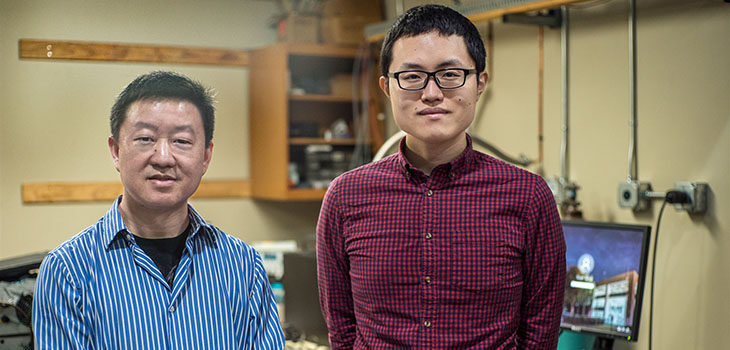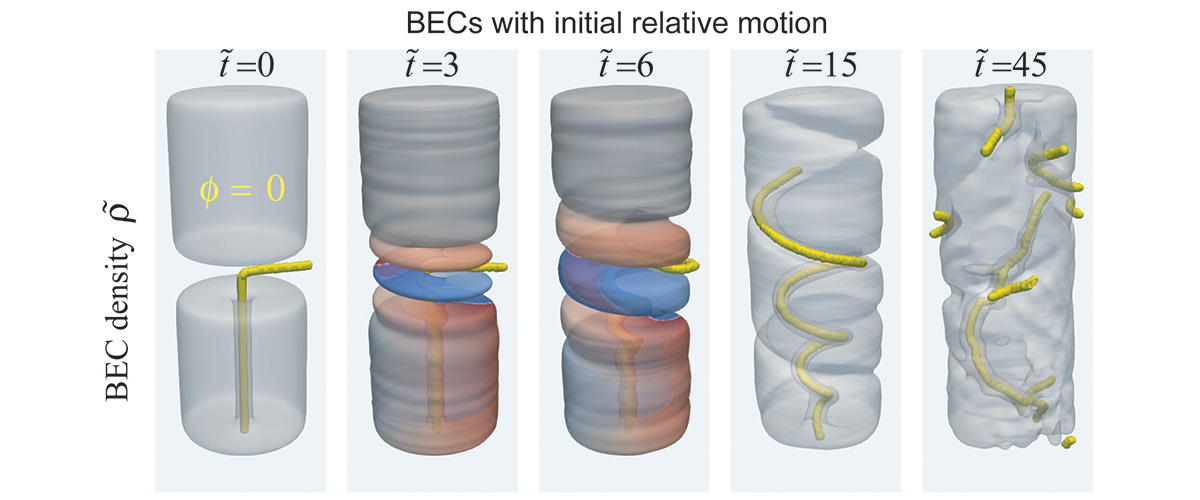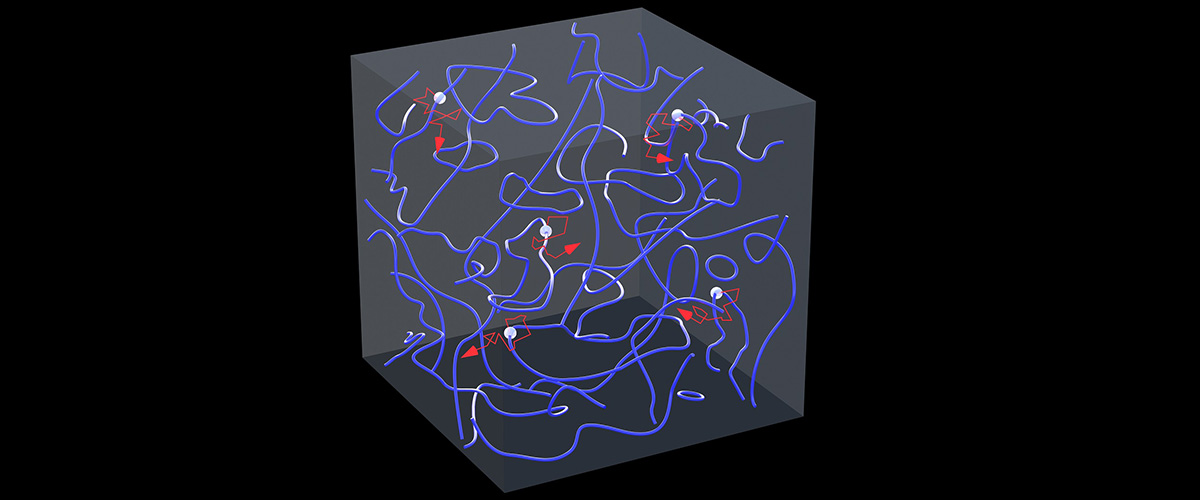Contact: Wei Guo
TALLAHASSEE, Fla. — Scientists at the Florida State University-headquartered National High Magnetic Field Laboratory have made a discovery in fluid dynamics that is truly worth uncorking a bottle of fine wine.
The fluids in question are unlike a good chianti or pinot: Those are classical fluids, which are basically the fluids we encounter in our normal lives and that adhere to the rules of Newtonian physics. Whether it's a low-viscosity, fruit-forward cab or a slow-flowing, high-viscosity honey, you're talking classical.
But Wei Guo, an associate professor of mechanical engineering at the FAMU-FSU College of Engineering, and MagLab graduate research assistant Toshiaki Kanai traffic in quantum fluids. At the atomic level, these fluids obey an entirely different set of rules that arise at ultra-low, or cryogenic, temperatures. In this case, that temperature hovers around -273 degrees Celsius (about -460 degrees Fahrenheit), far colder than anywhere on Earth. Such an environment can be reached only with great effort in special laboratories.
In other words, quantum fluids, also called superfluids, are really bizarre. They're also of great interest to scientists in part because they exist in the cosmos — in neutron stars and, possibly, in dark matter.

Wei Guo (left) with graduate student Toshiaki Kanai in the cryogenics lab at the National High Magnetic Field Laboratory.
Credit: Stephen Bilenky
"Neutron stars, essentially, are big, rotating superfluid drops, and those drops can merge together," said Guo, a trained physicist who oversees the Cryogenics Research Group at the National MagLab, which is funded by the National Science Foundation and the State of Florida. "So we asked the question: What happens when rotating superfluid drops merge together? How does the rotation get transferred from one to another?"
The answer they got, based on numerical simulations, came as quite a surprise. Published earlier this month in Physical Review Letters, it bore little resemblance to classical fluid dynamics. However, it can be appreciated by anyone who enjoys the occasional goblet of gewürztraminer: The mechanism was a corkscrew.
The superfluid they modelled was a Bose-Einstein condensate. BECs are an entirely different state of matter than air, liquid, solid or plasma, formed by cooling a very low-density gas to nearly absolute zero, the lowest possible temperature. In this frigid state the atoms, sucked of almost all their energy, essentially act as one. They have zero viscosity; a BEC flows without dissipating any energy.
In our classical world, when a spinning raindrop falls into a still body of water, the raindrop's rotational motion and angular momentum are transferred to the water it plops into through spinning structures we know as eddies.
But when Kanai created a model to see what happens in the quantum world when a spinning drop of BEC merges with a static one, there was no sign of eddies or vortices. Yet there was a transfer of motion.
"The vortices remained in the spinning drop — but they didn't get transferred to the top," Guo explained. "But somehow rotational motion and angular momentum did get transferred to the other region. So we felt that there must be some different mechanism playing that role. A strange structure appeared at the interface of the two drops — strange because it does not appear in conventional, viscous fluids."
That strange structure: a corkscrew.
"It looked like a corkscrew and it behaved like a corkscrew," Guo said.
The below animation illustrates the model's prediction. The lower cylindrical shape represents a rotating BEC drop, which merges with the upper, static BEC drop. As they merge, a corkscrew-like structure, less-dense than the surrounding area.




